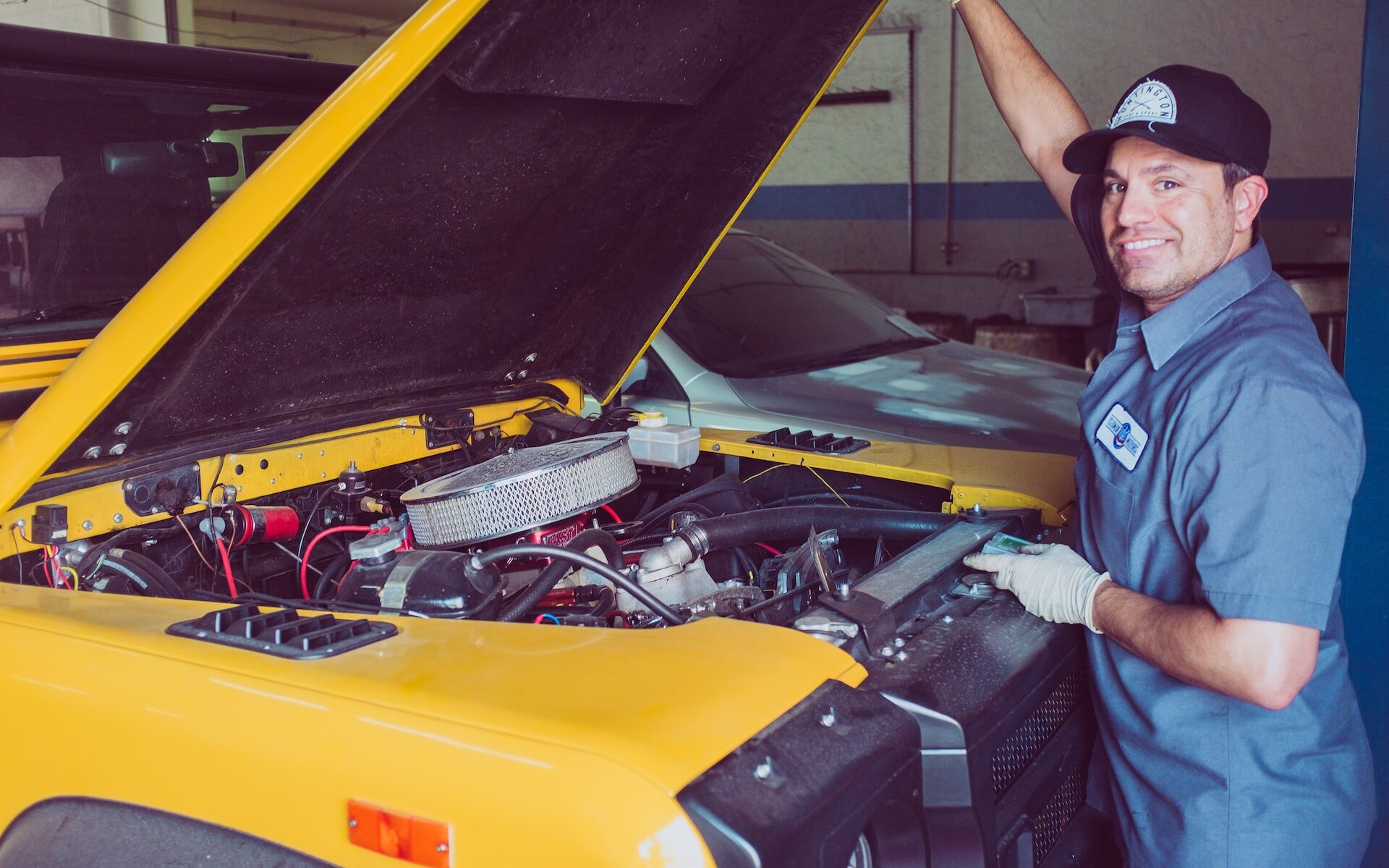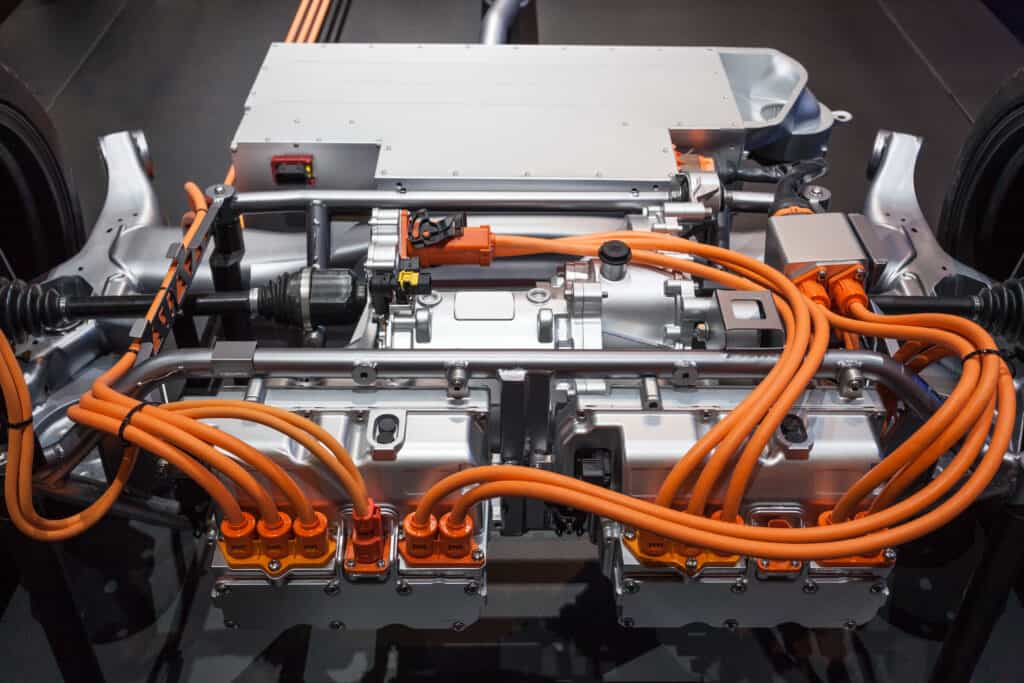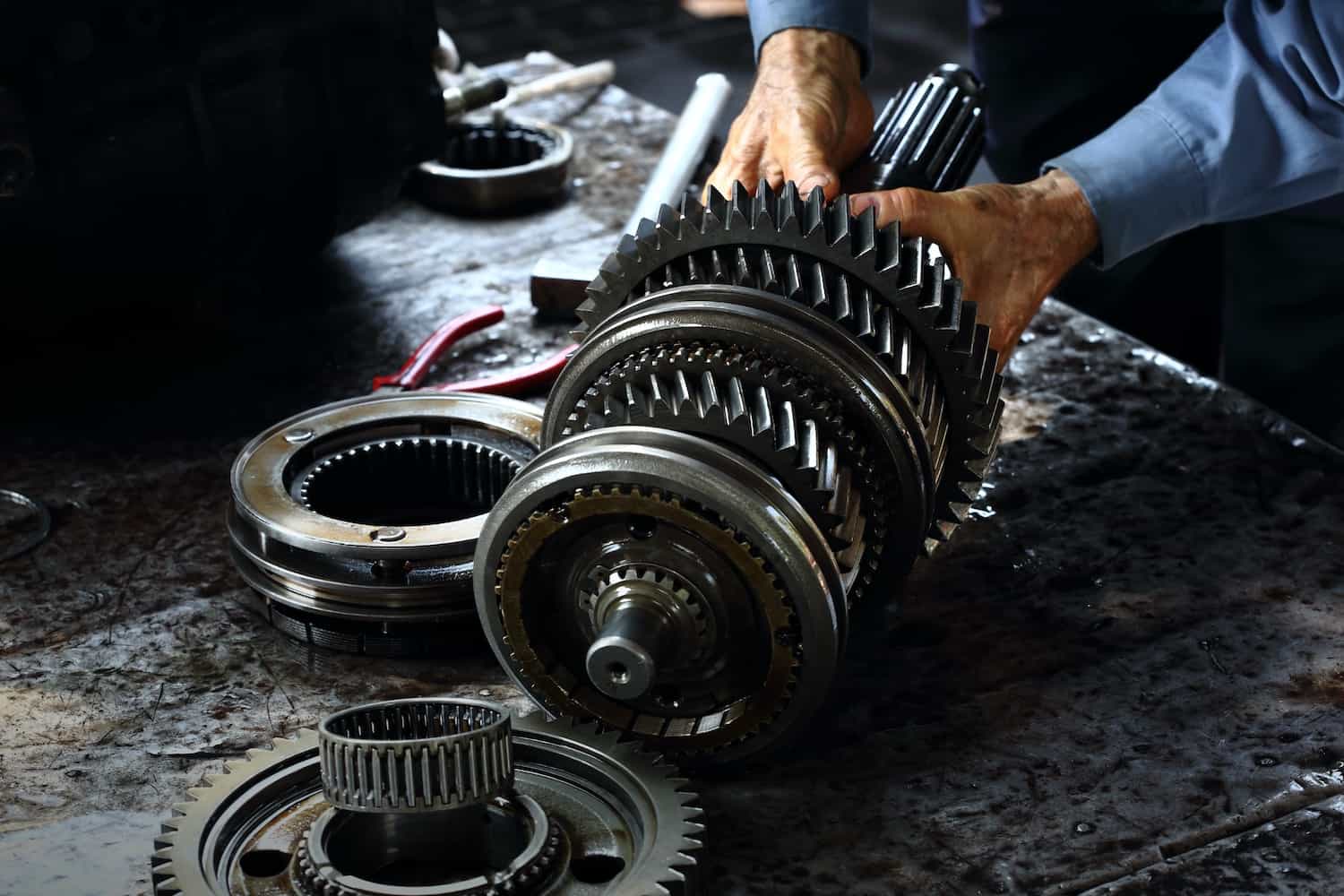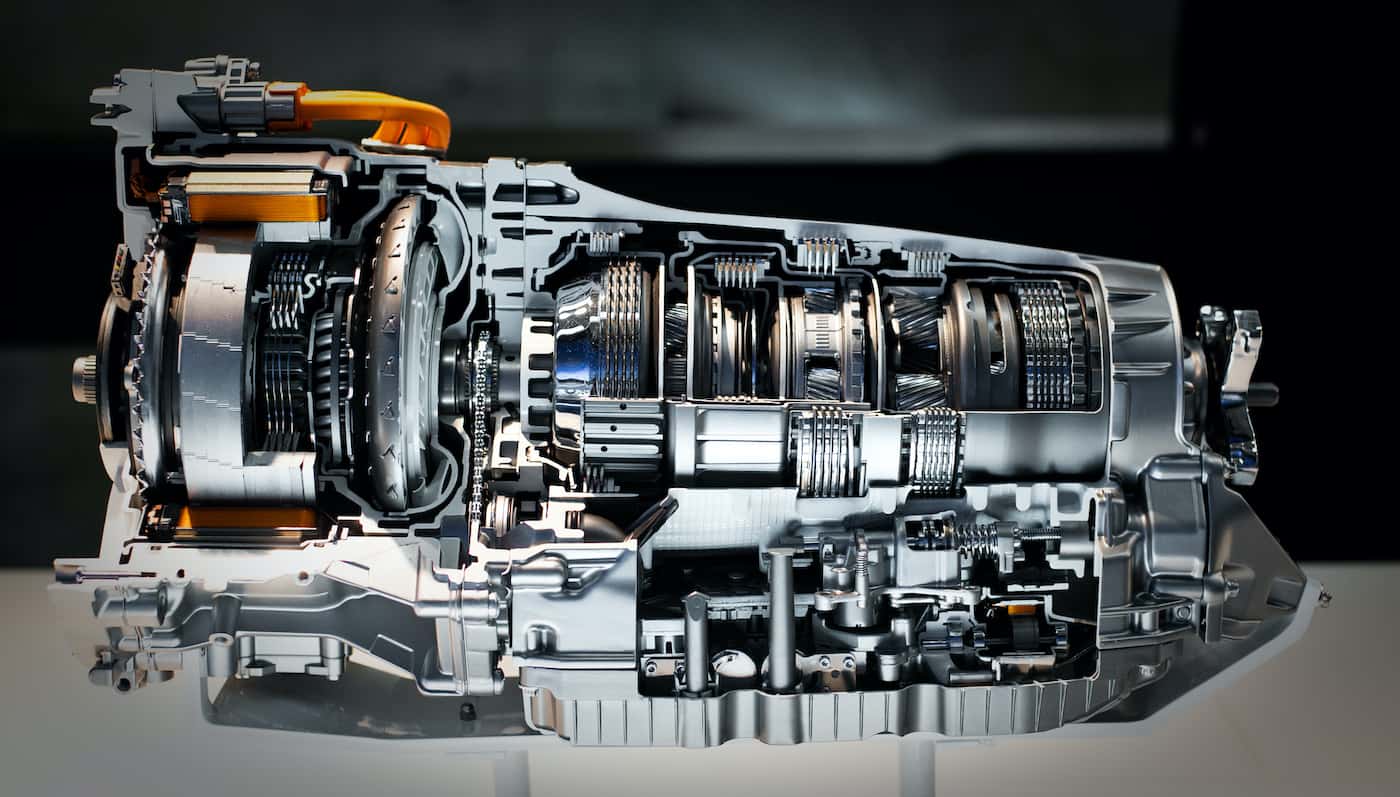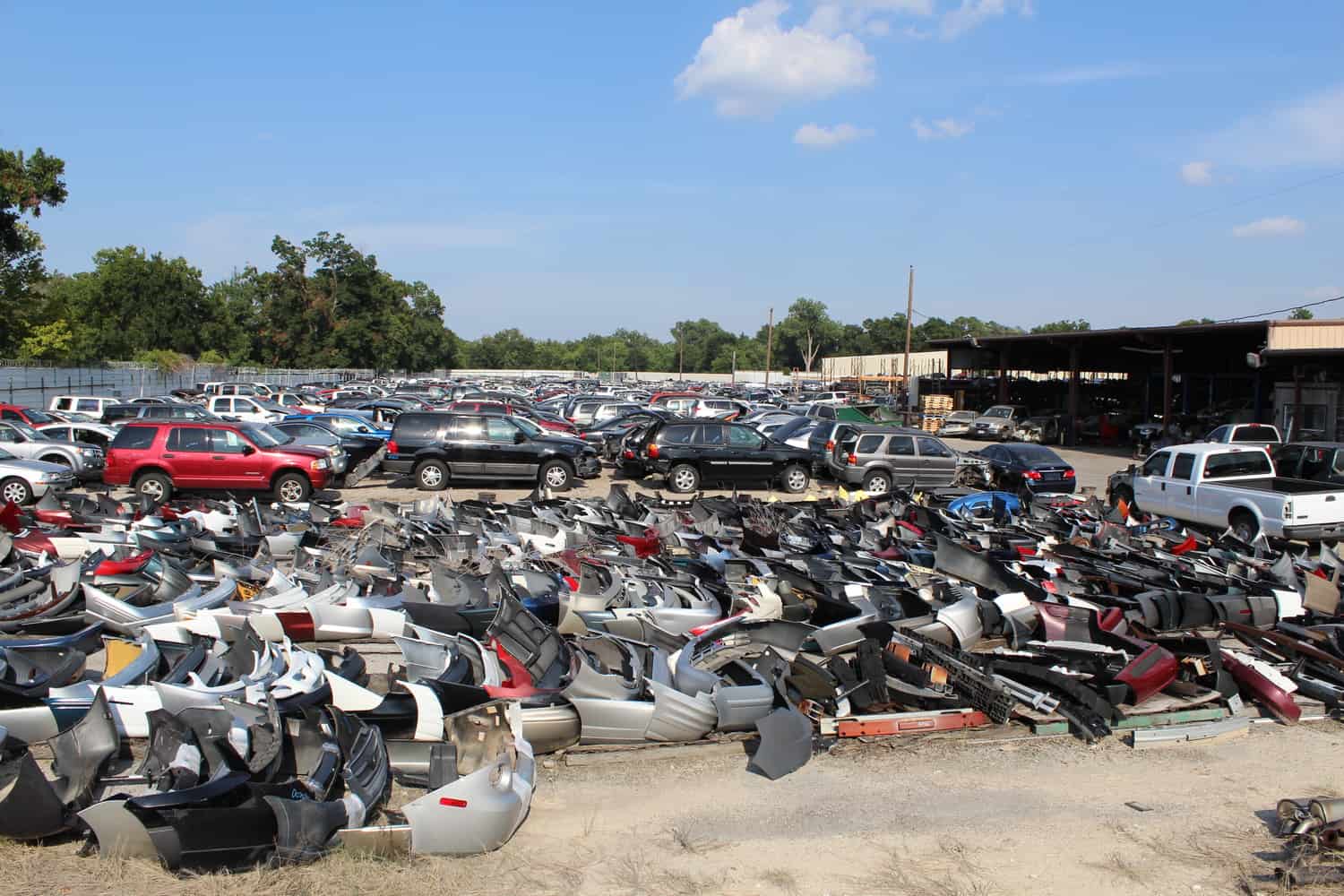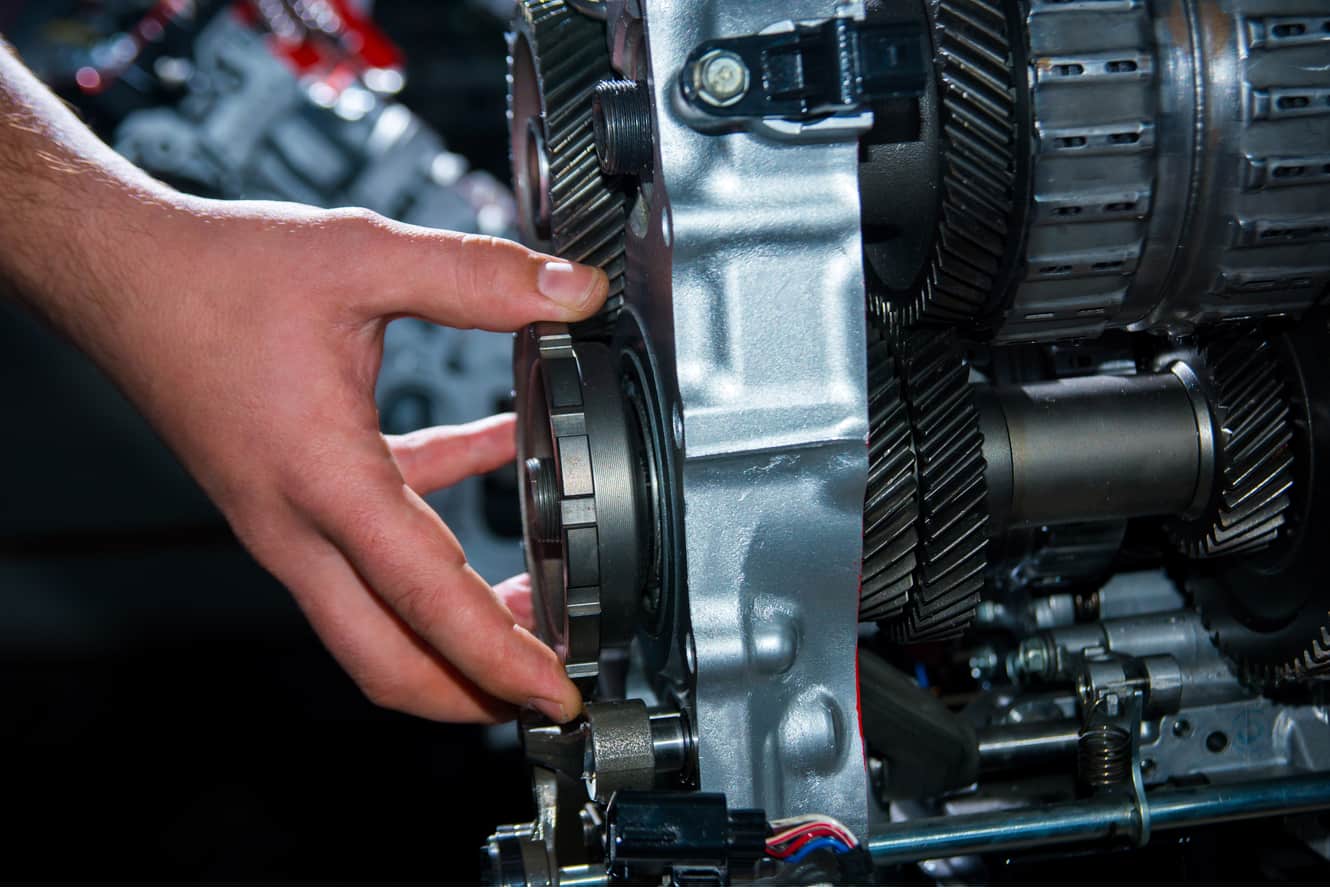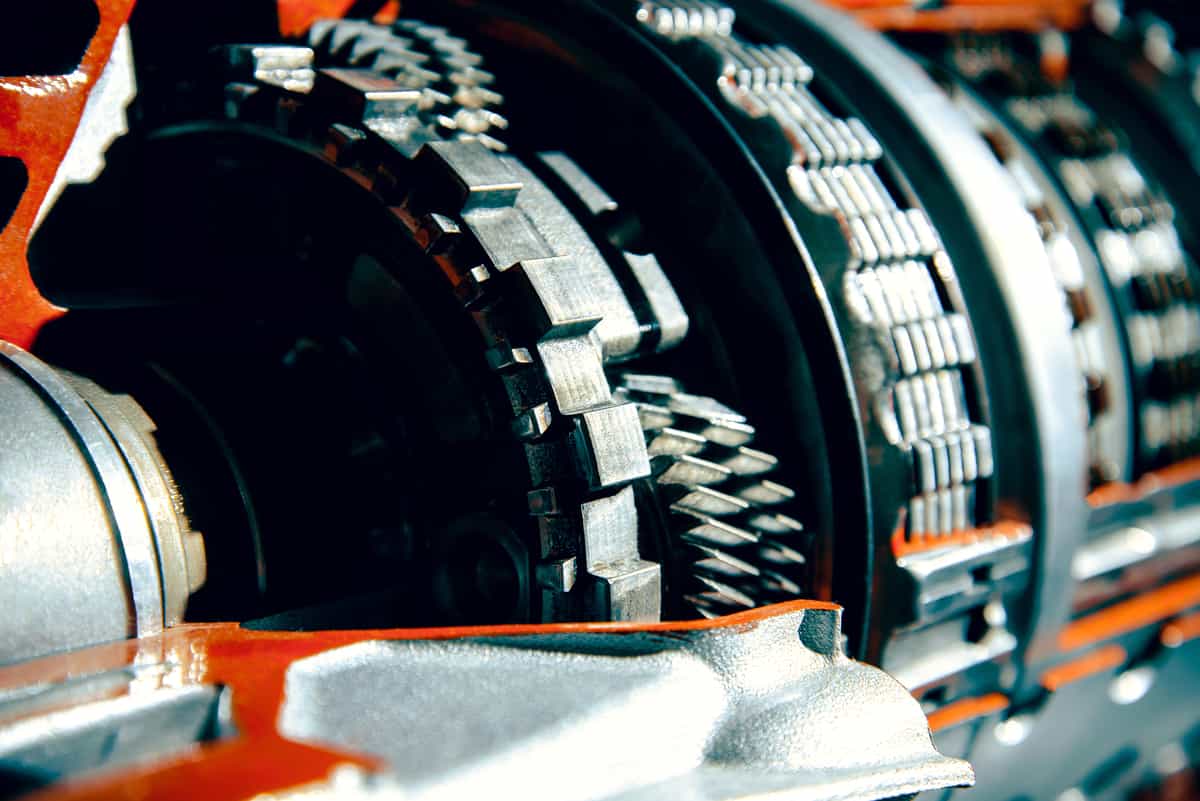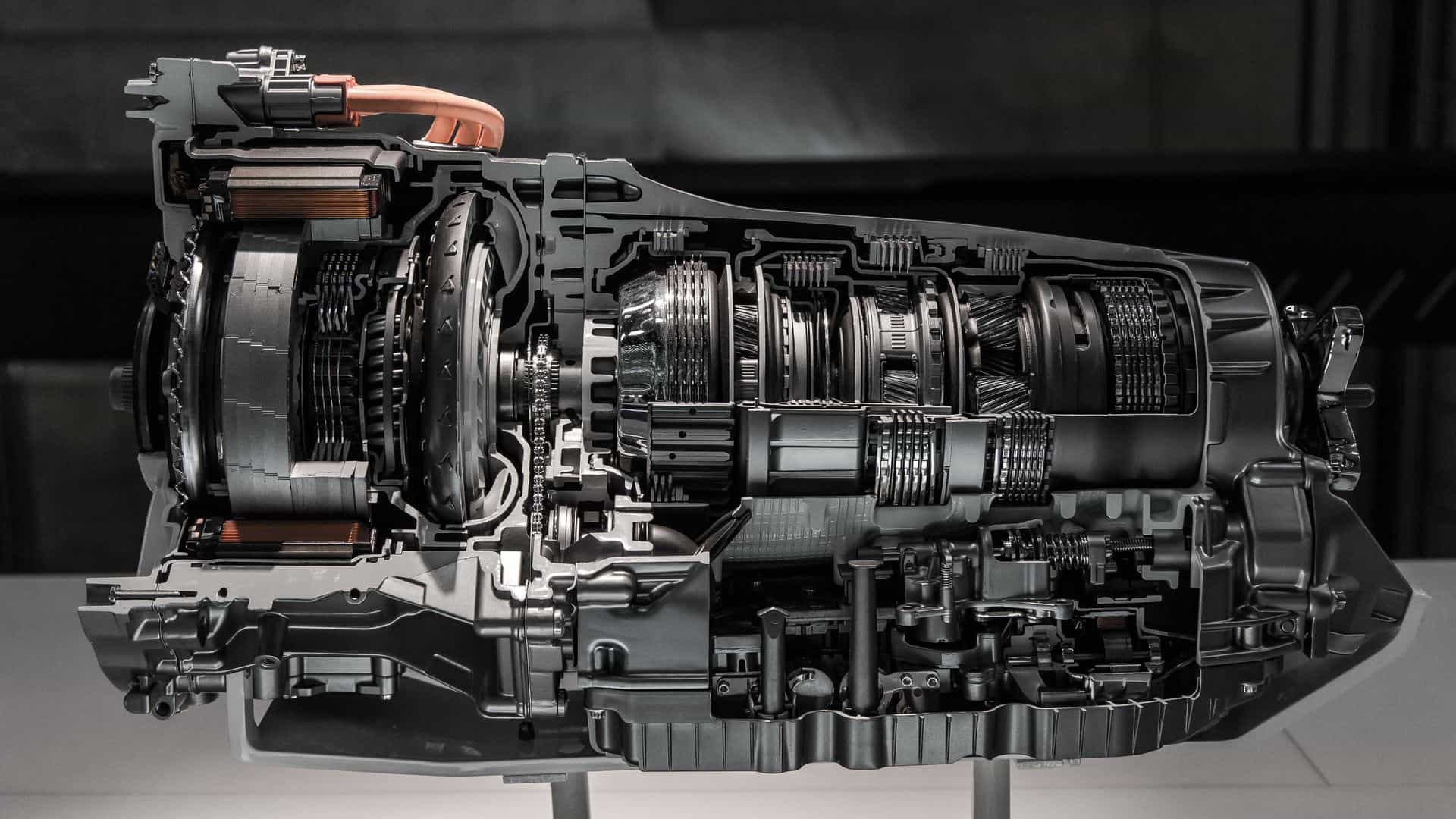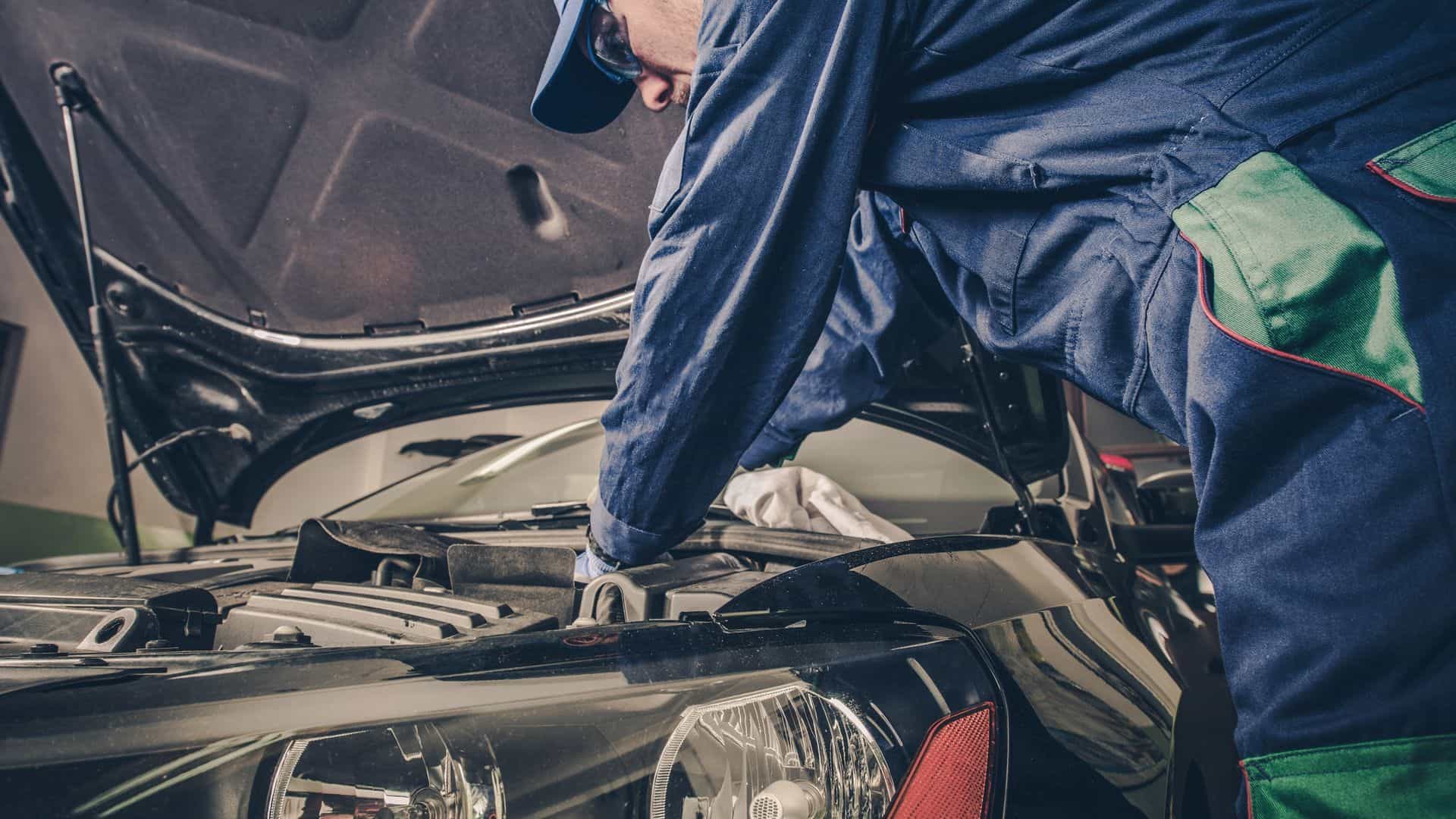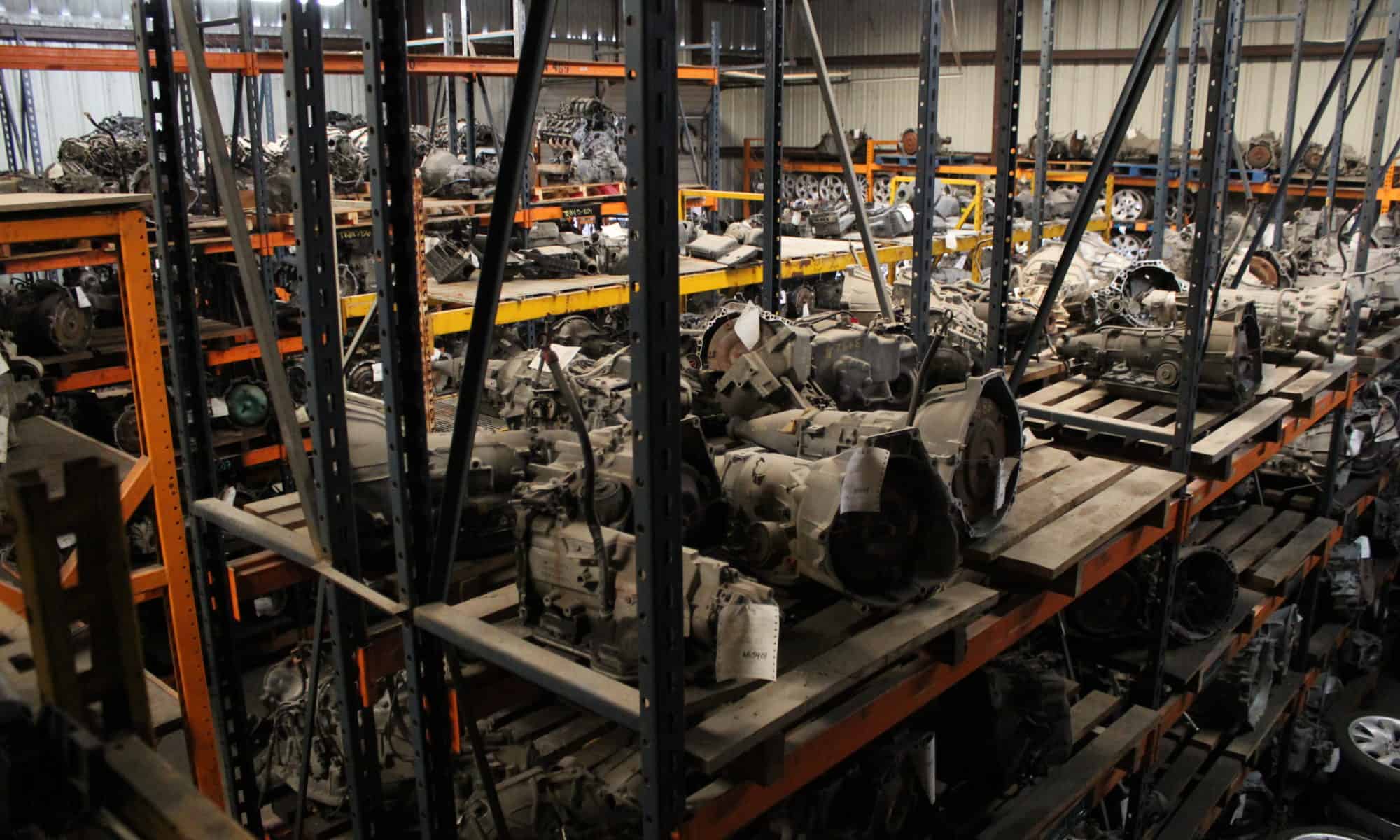A second-hand transmission can be cost-effective for those looking to replace a failing transmission or upgrade their vehicle’s performance. However, it’s essential to know what to look for and how to inspect a used transmission before purchasing. In this blog post, we will discuss the crucial factors to consider when buying a second-hand transmission and provide a step-by-step guide on inspecting a used transmission before buying.
Factors to Consider When Buying a Second-Hand Transmission
1. Compatibility
Before purchasing a used transmission, ensure it is compatible with your vehicle. Check your vehicle’s owner’s manual or consult a mechanic to determine the exact specifications and requirements for your car’s transmission. Buying a transmission incompatible with your vehicle can lead to serious issues and costly repairs.
2. Mileage
The mileage on a used transmission is a critical factor to consider. Generally, a transmission with lower mileage is likely to have fewer problems and last longer than one with higher mileage. It’s best to look for a transmission with under 100,000 miles, as transmissions with higher mileage may require more repairs and maintenance.
3. Warranty
It’s essential to check if the seller offers a warranty on the used transmission. A warranty can provide peace of mind and protect you from potential issues and costs associated with the transmission after purchase. Look for a seller that offers at least a 30-day warranty on the used transmission.
4. Reputation
Research the seller’s reputation by reading reviews and testimonials from previous customers. This can give you an idea of the quality of the used transmissions they sell and their customer service.
How to Inspect a Used Transmission Before Buying
1. Visual Inspection
Begin by performing a visual inspection of the exterior of the transmission. Look for any signs of damage, such as cracks, corrosion, or leaks. Check the transmission fluid for any signs of contamination or burnt smell. This could indicate that the transmission has been overheating or has internal damage.
2. Examine the Transmission Pan
If possible, ask the seller to remove the transmission pan so you can inspect the inside. Look for any signs of excessive sludge or metal shavings, which could indicate internal wear and damage. A small amount of debris is normal, but significant amounts could be a red flag.
3. Check the Transmission Fluid
The transmission fluid should be clean and bright red in color. Dark or burnt-smelling fluid can be a sign of overheating or internal damage. If the fluid is low, ask the seller if they have experienced any leaks or issues with the transmission.
4. Test Drive
If possible, test drive the vehicle with the used transmission installed. Pay attention to how the transmission shifts between gears, and listen for any unusual noises or vibrations. If the transmission slips, hesitates, or makes excessive noise, it could be a sign of internal damage or wear.
5. Have a Professional Inspection
It’s always a good idea to have a professional mechanic inspect the used transmission before purchase. They can assess the overall condition of the transmission and identify any potential issues that may not be visible to the naked eye.
Conclusion
Purchasing a second-hand transmission can save you money and quickly get your vehicle back on the road. By considering factors such as compatibility, mileage, warranty, and reputation and conducting a thorough inspection, you can make an informed decision and ensure the used transmission you buy is a reliable and cost-effective solution for your vehicle.
Are you in need of a dependable and trustworthy used transmission for your vehicle? Look no further than Airline Auto Parts! Our salvage yard, built on a foundation of honesty, trust, and dependability, has years of experience supplying recycled automotive parts to satisfied customers in the Houston area. As an industry-leading facility, we take pride in our reputation for providing top-quality parts at competitive prices. Shop now!


